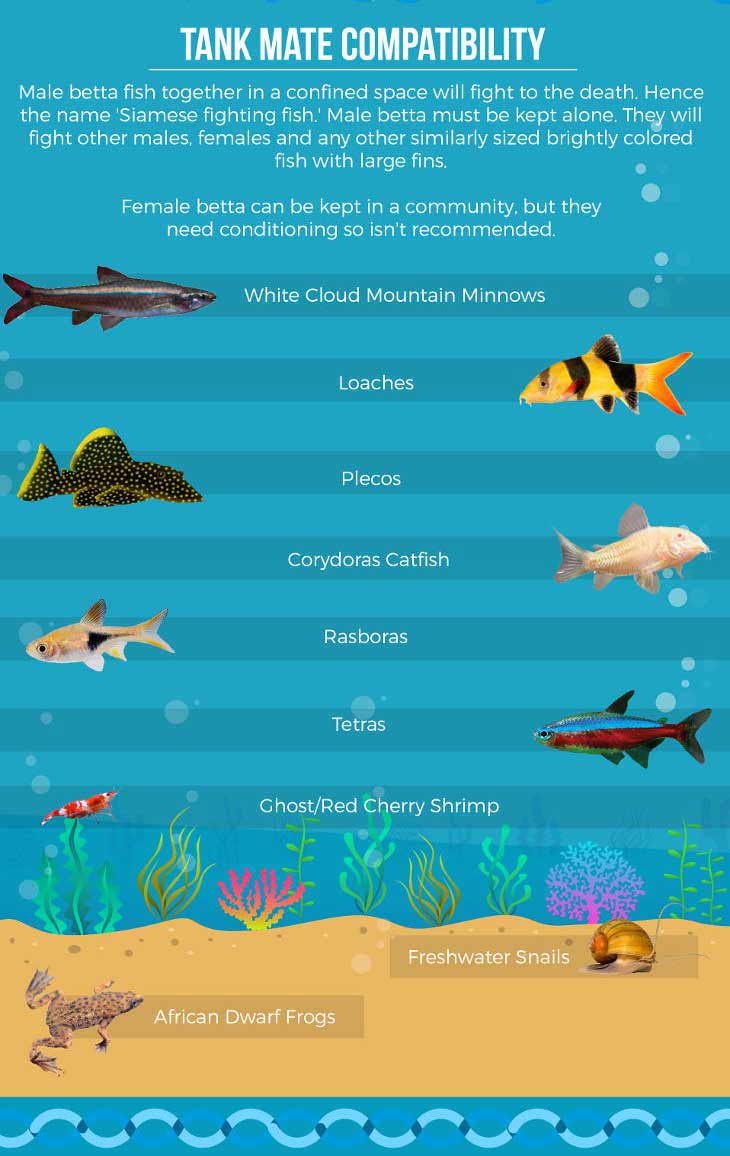Amazing Tips About How To Look After Siamese Fighting Fish

Ensure your betta is properly acclimated.
How to look after siamese fighting fish. Starting at the bottom, use a substrate of soft inert sand or soil to encourage plant growth, with small wood pieces and leaves. Betta fish are only hardy to a particular water type, such as a certain water hardness and ph. After this phase, you should give the female enough space to hide or, preferably, move her to another tank.
Foods and feedinglike most fish, combating fish are omnivores, in the wild they will eat any animal or. It takes them a while to acclimate to a. The male is in charge of looking after the eggs until hatching, and he.
Siamese fighting fish are popular models for studying the neurological and physiological impact of certain chemicals, such as hormones, since their aggression is the result of cell signalling. Indian almond leaves, also known as catappa leaves, are used. To ensure fins are not torn, gravel should be smooth and.
They originate from densely vegetated areas and tend to prefer a tank with several plants, real or. The ph of water can change, so it is a good suggestion to examine it continually. We have created a shopping list to show what you need to look after siamese fighting fish:
We can talk hours about betta caring. You should regularly test your water for ph, gh, kh, ammonia, nitrite, and nitrate levels. Cover the tank with a ventilated tank lid because bettas are very good jumpers.
Siamese fighting fish will be more active, inquisitive and interesting to watch when they feel secure in their surroundings. Do not allow the water temperature to drop below 68° f (20° c) or they will. The fish should have plenty of room to move around and be able to stand up on their own two feet.
All foods, save pellets, should be split into small pieces before giving. The filter should be soft enough so the fish does not get caught in the current. An interesting and varied environment is required for siamese fighting fish.






/close-up-of-siamese-fighting-fish-swimming-against-white-background-894730360-5ad7e4a630371300378c1410.jpg)











